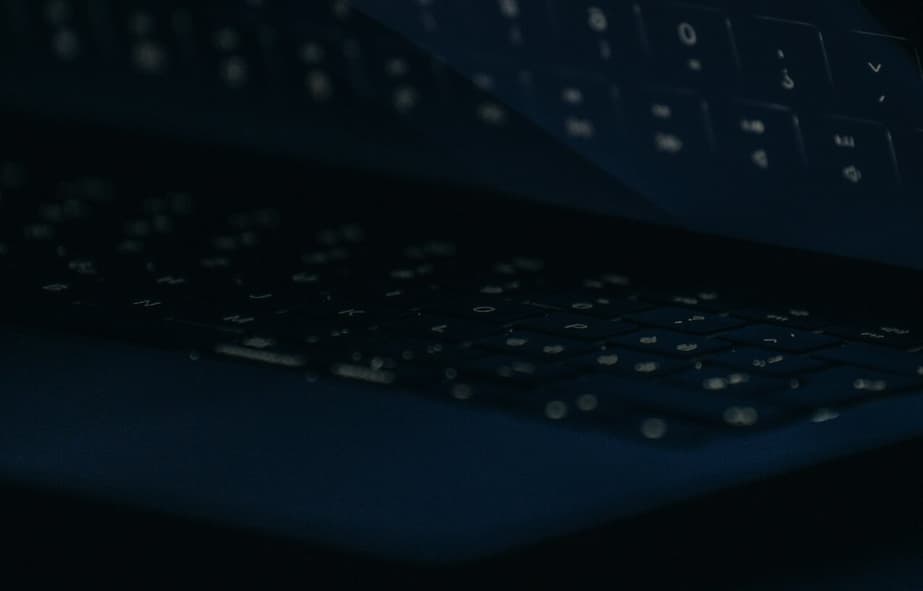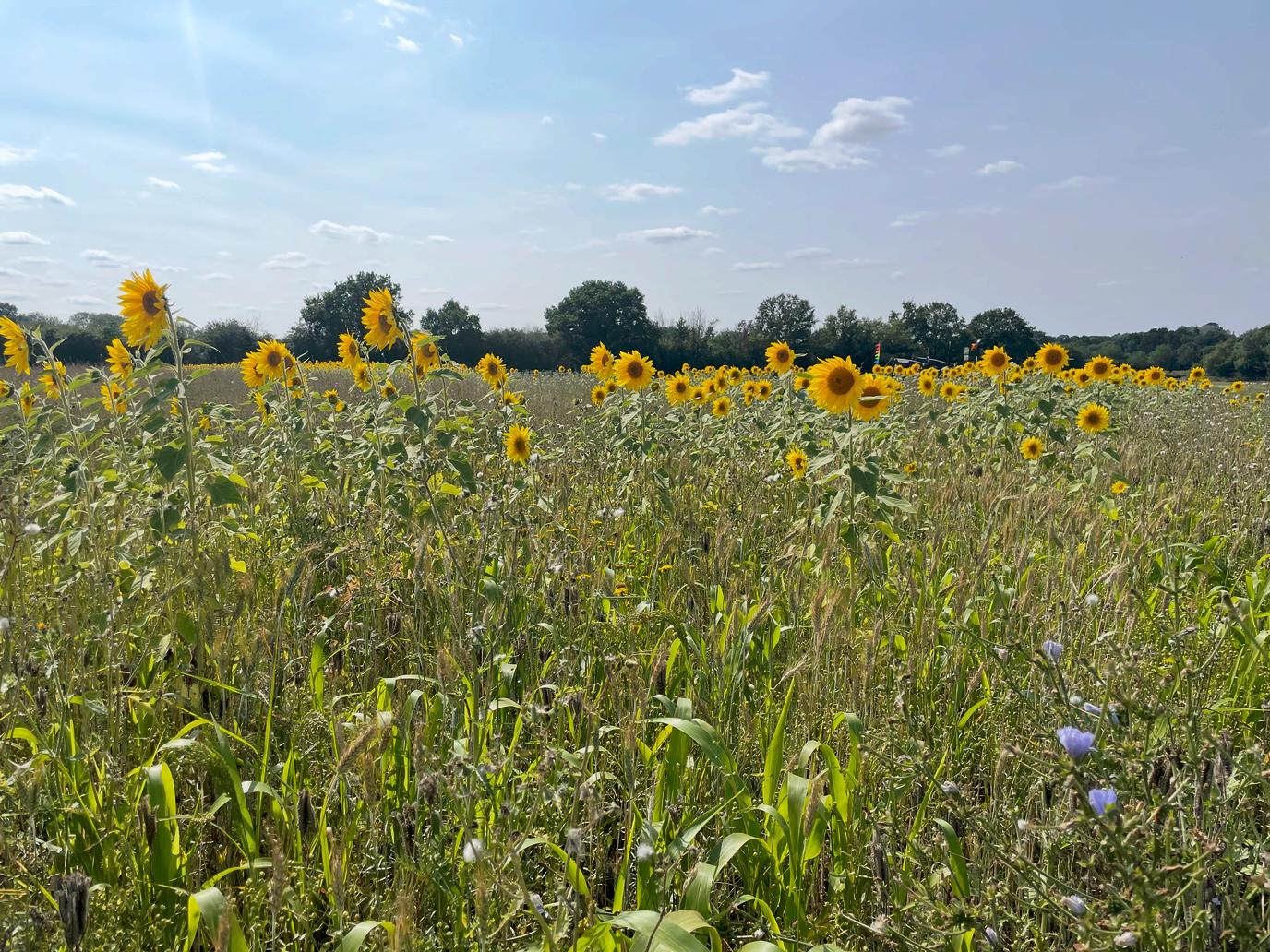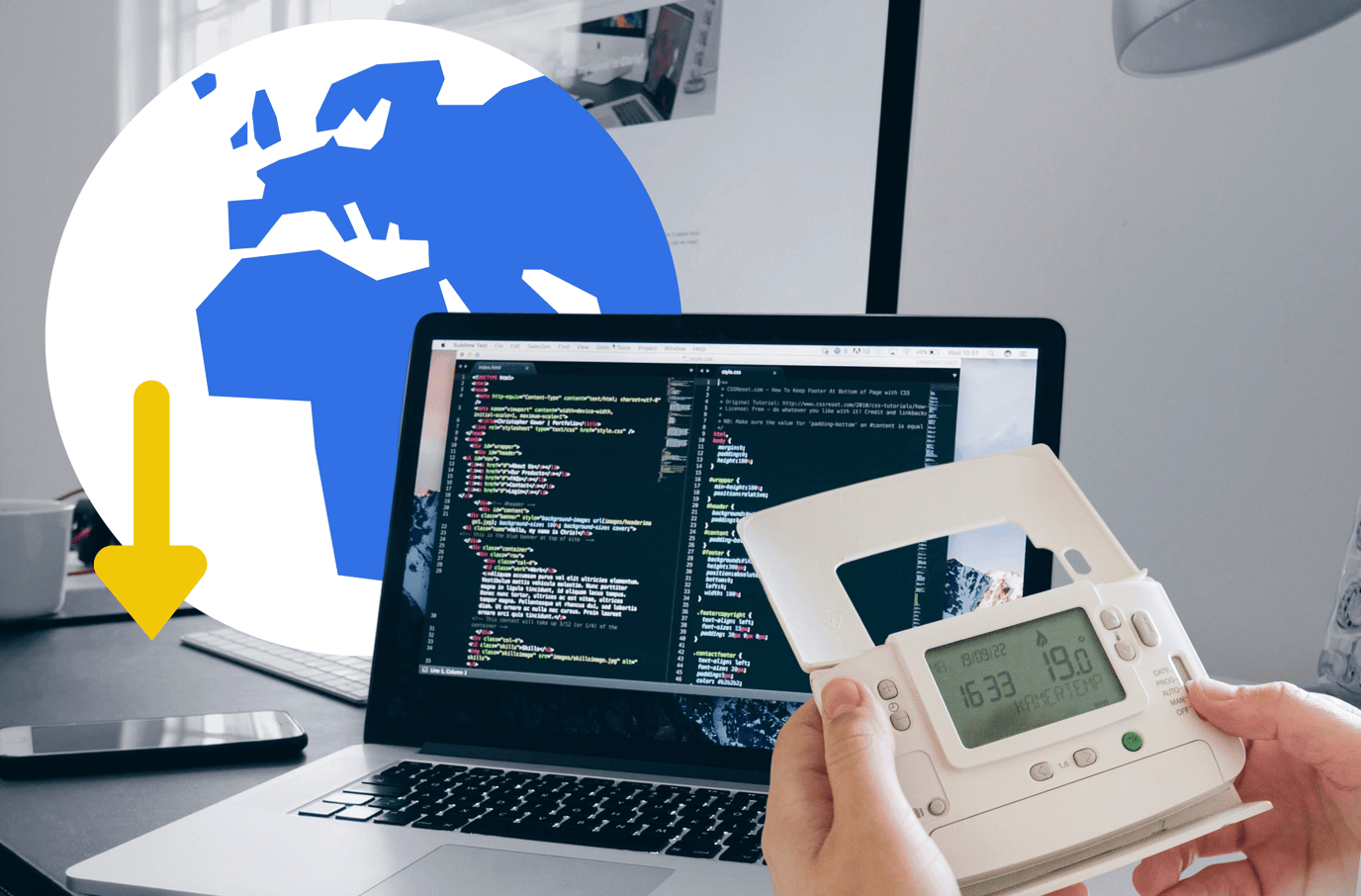Dark mode can reduce energy consumption and lower a website’s carbon footprint.

Dark mode is an increasingly popular digital sustainability feature that allows a user to switch from the standard light background to a darker theme on websites, apps, and operating systems. Instead of black text on a white background, dark mode typically inverts these colours, displaying light-coloured text on a dark or black background.
But dark mode isn’t just about aesthetics, it also has practical benefits, including reducing energy consumption and lowering a website’s carbon footprint. Here’s how:
Lower energy consumption on OLED and AMOLED screens
Many devices, including smartphones, tablets, and laptops, use OLED (organic light-emitting diode) and AMOLED (active-matrix OLED) screens. Unlike traditional LCD screens, which require a constant backlight regardless of the colours displayed, OLED and AMOLED screens can turn off individual pixels when displaying black. This means that dark mode can significantly reduce power usage, especially when large areas of the screen are black. Less energy consumed means less electricity required, leading to a lower environmental impact.
Extending device battery life
For users on battery-powered devices, dark mode can help extend battery life by reducing screen power consumption. A longer-lasting battery means fewer charges, which in turn reduces electricity usage. While the energy savings per device may seem small, they can add up, particularly if you have thousands of visitors to your website each day.
Reducing data transfer and processing power
Websites that support dark mode often require fewer bright, high-energy elements. Lighter themes with bright backgrounds and high contrast can put more strain on a device’s graphics processor. By reducing the intensity of screen rendering, dark mode can decrease processing power requirements, leading to lower energy use on both the user’s device and the servers delivering website content.
Encouraging sustainable design choices
Incorporating dark mode into web design encourages developers to think about optimising their sites for efficiency. Lightweight websites with efficient colour schemes, reduced reliance on unnecessary animations, and optimised images further contribute to sustainability. A well-designed dark mode can be part of a broader effort to make websites less resource-intensive and more eco-friendly.
Supporting user accessibility
While digital accessibility is not directly related to energy consumption, dark mode can reduce eye strain, especially in low-light conditions. If users find dark mode more comfortable, they may spend more time on websites without needing to increase screen brightness, which would otherwise consume more power.
Should every website use dark mode?
Dark mode isn’t a one-size-fits-all solution, and the answer as to whether it works for your website will depend on what it is. However, offering dark mode as an option allows users to choose what works best for them while also contributing to sustainability efforts.
If your website hasn’t implemented dark mode yet, it might be time to consider it. It is a simple way to reduce energy consumption and minimise environmental impact, while also providing a feature that your users may be looking for.
Why dark mode supports a greener future
We advocate for digital sustainability, and adopting features like dark mode is just one step towards a greener web. If you’re looking for ways to make your website more energy-efficient, we can help you implement solutions that reduce your digital carbon footprint.
FAQ: Dark Mode and Website Sustainability.
Dark mode is a display option that uses a dark background with light-coloured text instead of the traditional light background and dark text.
No. While dark mode is visually appealing for many users, it also offers practical benefits such as reduced energy consumption and improved efficiency on certain devices.
On OLED and AMOLED screens, dark pixels use less power because individual pixels can be turned off when displaying black or very dark colours. This reduces overall energy usage.
Yes. By lowering screen power consumption, dark mode can help devices last longer between charges, reducing electricity use over time.
Yes. Reduced energy use on user devices, combined with lower processing demands, can contribute to a smaller digital carbon footprint, especially at scale.
Dark mode designs can place less strain on graphics processing and rendering, which may reduce processing power requirements and energy usage on both devices and servers.
Implementing dark mode encourages more efficient design decisions, such as lighter pages, optimised images and reduced reliance on unnecessary visual effects.
For some users, dark mode can reduce eye strain in low-light environments. Improved comfort may also prevent users from increasing screen brightness, which uses more power.
Not necessarily. Dark mode is not suitable for every website, but offering it as an optional feature allows users to choose what works best for them.
Dark mode can often be added without major changes and can be integrated alongside broader sustainability and performance improvements.
Dark mode is one of several practical steps that can help make websites more energy-efficient and environmentally responsible.
Yes. Working with specialists can help identify and implement design and technical changes that reduce energy use and improve overall website efficiency.





